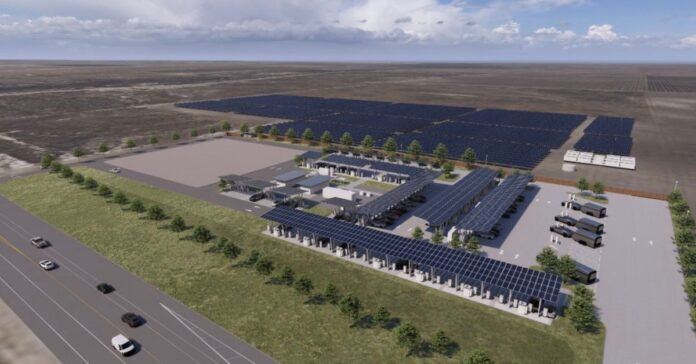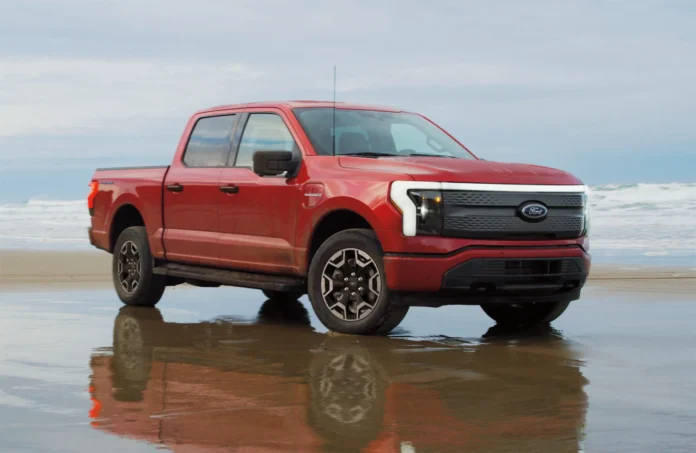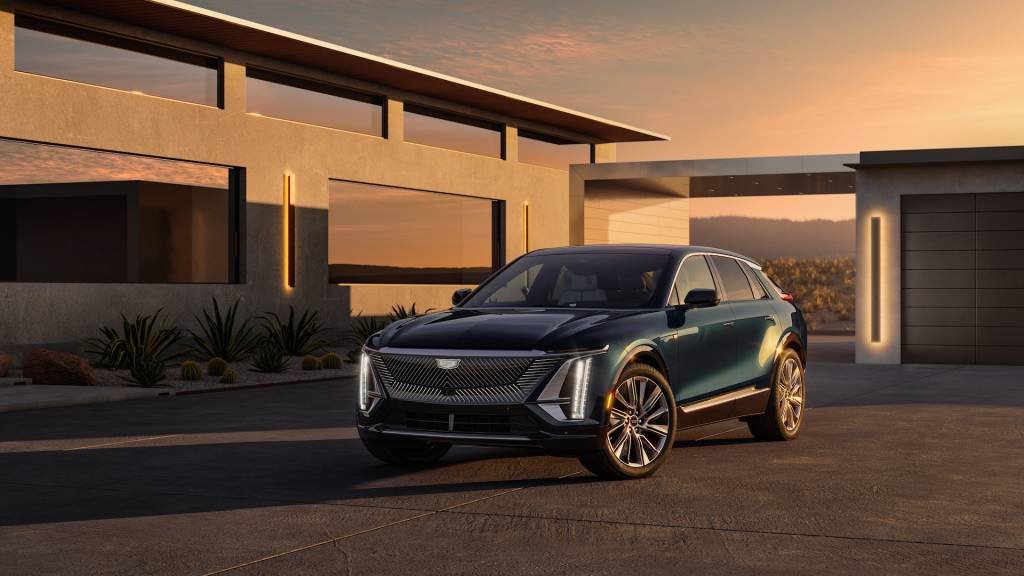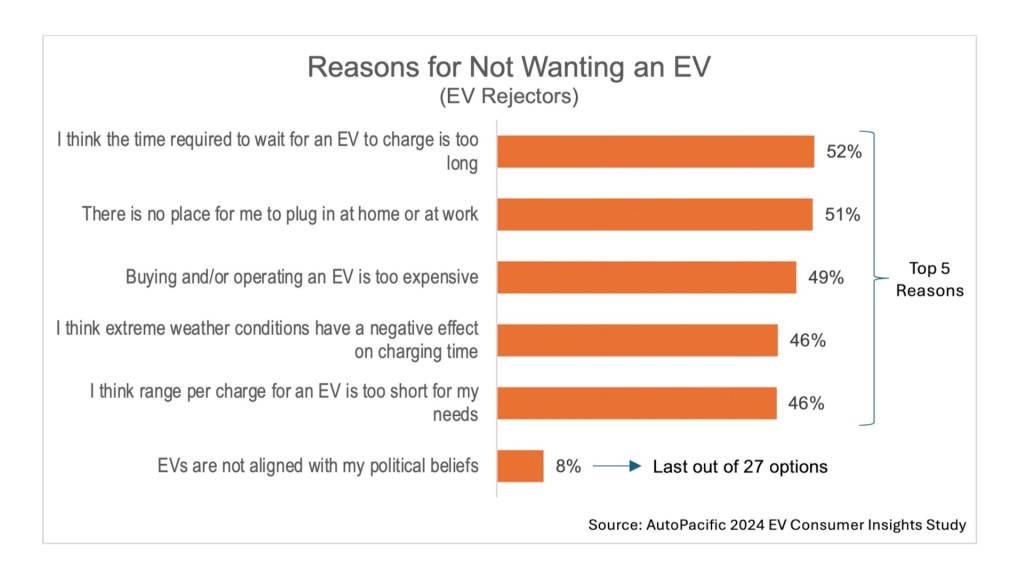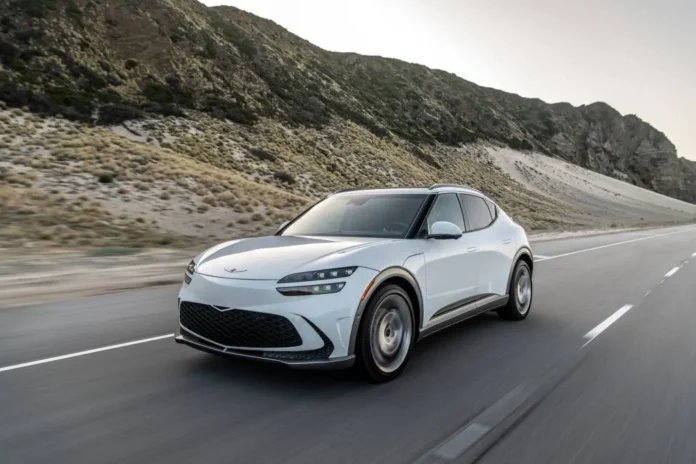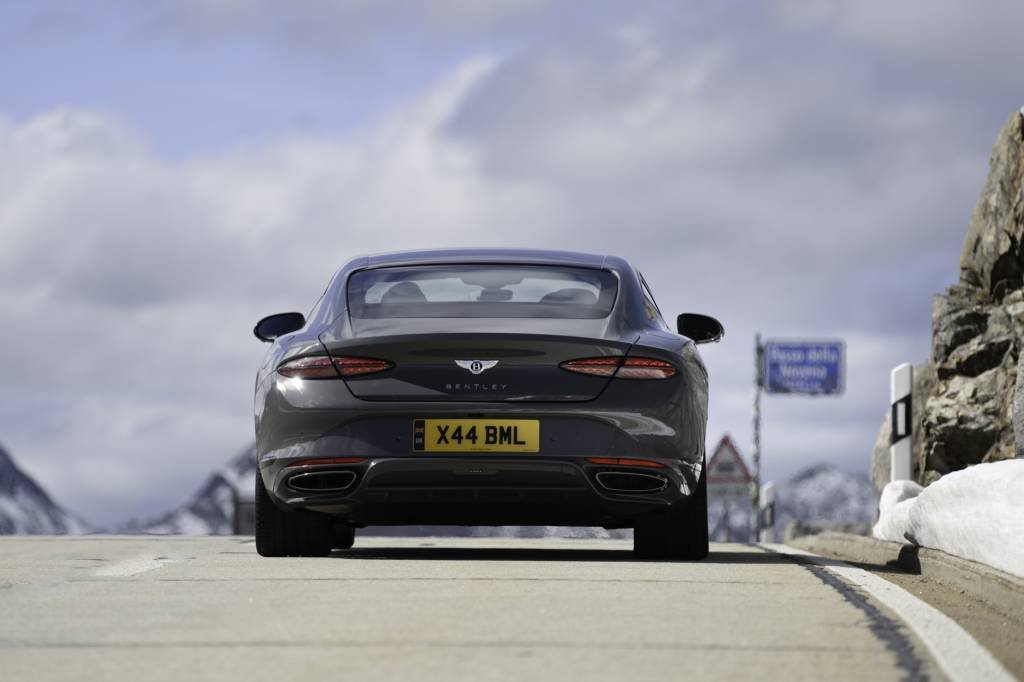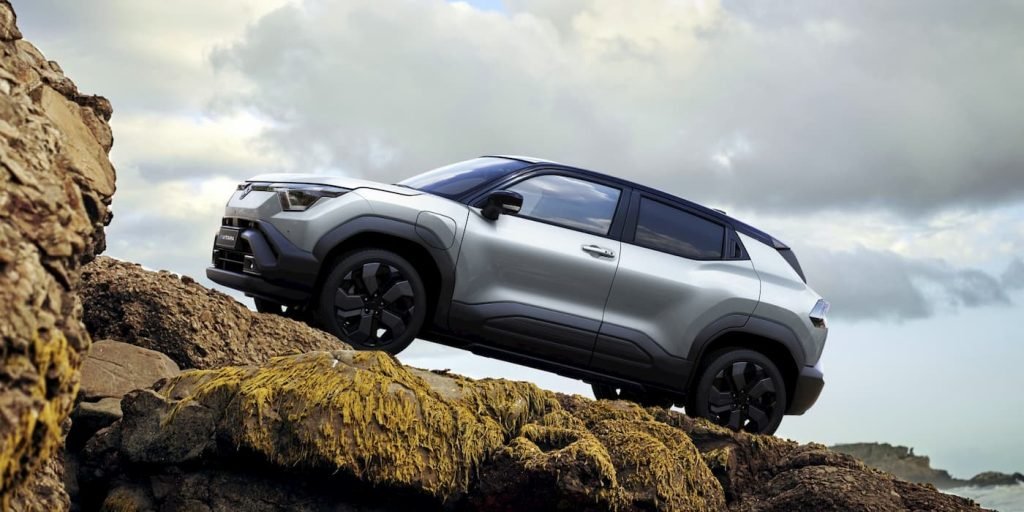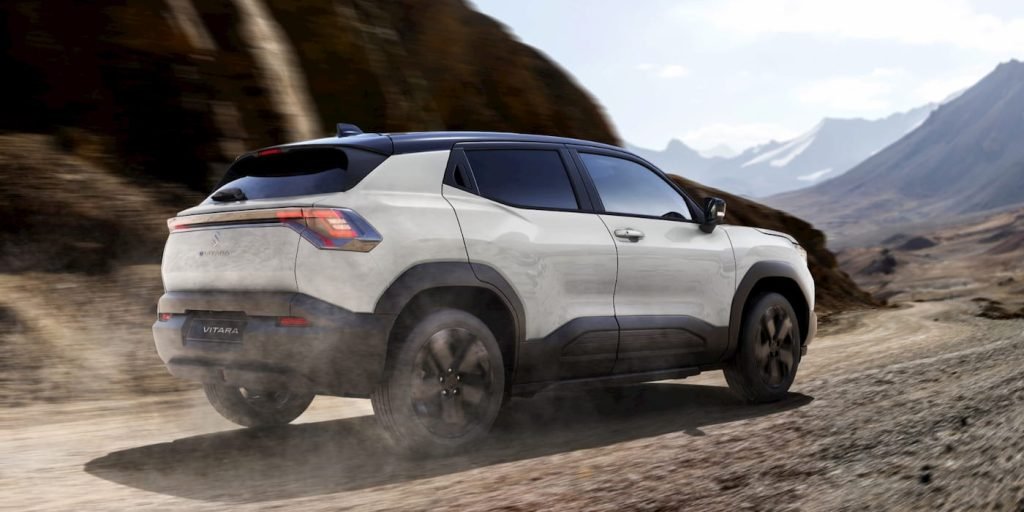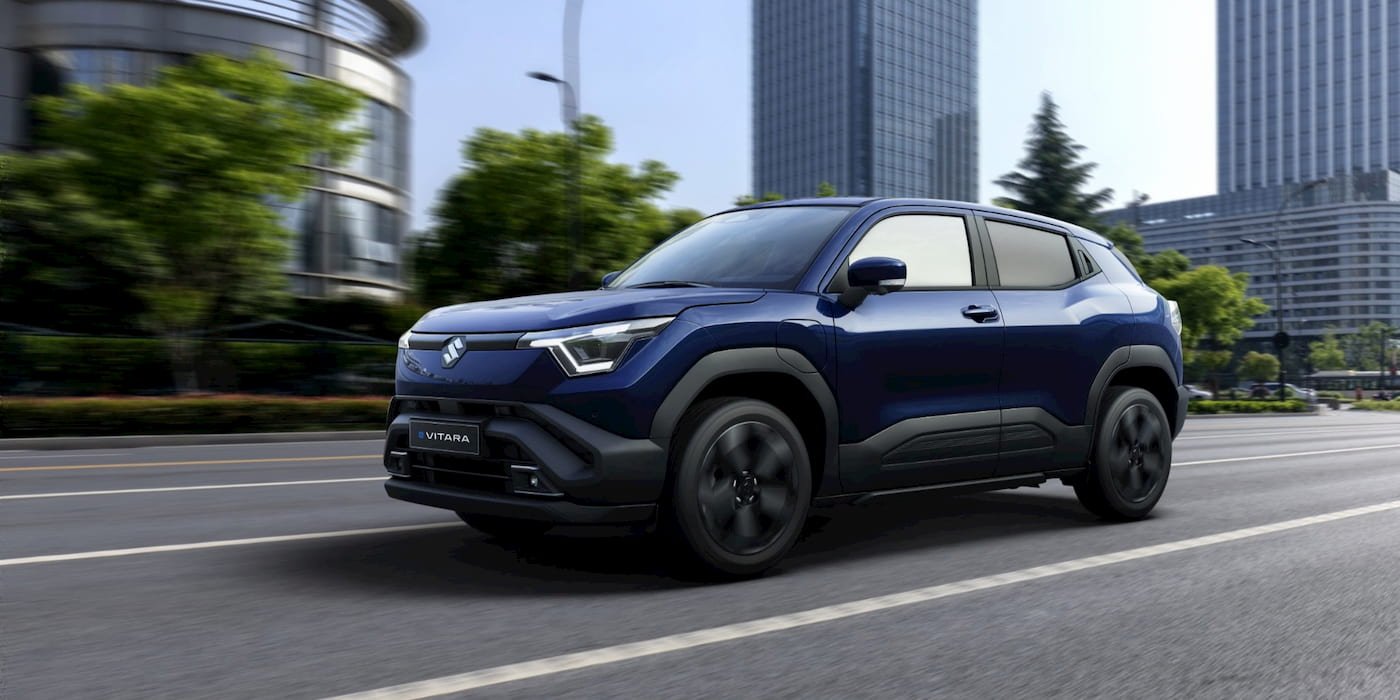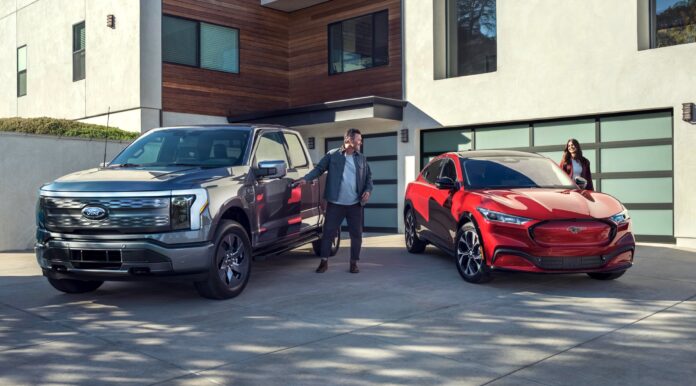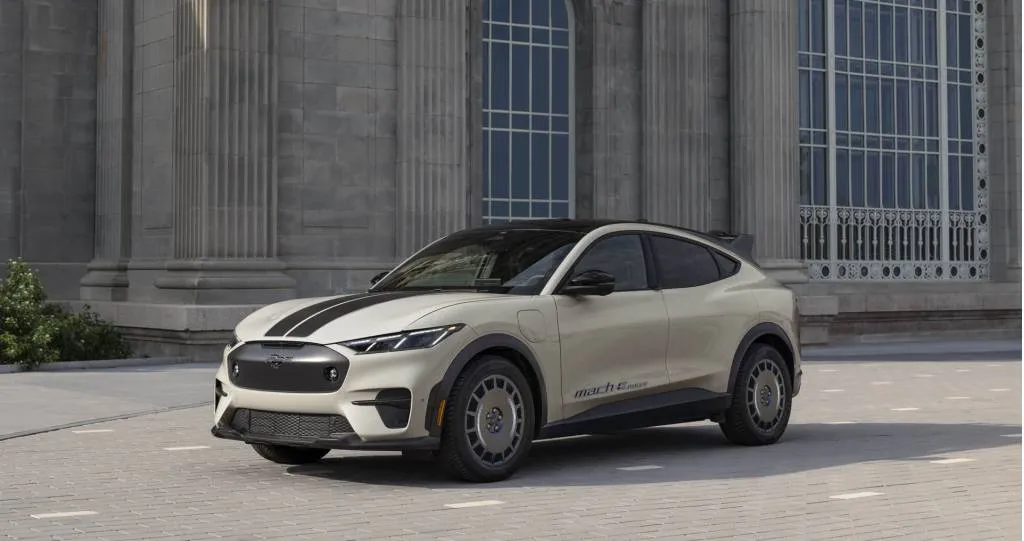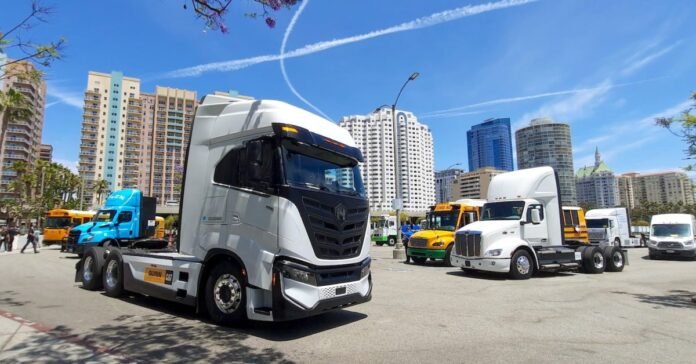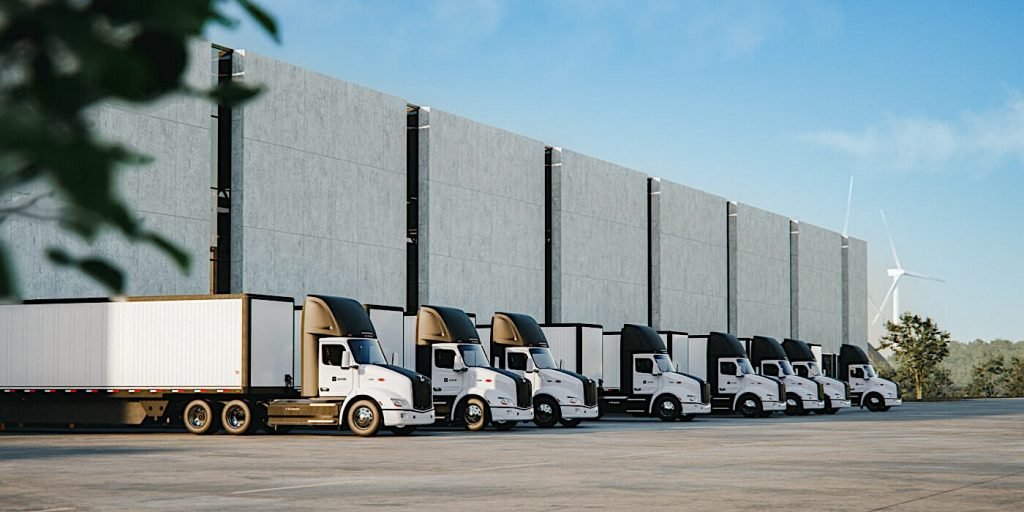When I was growing up, during the Clinton and Bush presidencies, American manufacturing was on the wane.
The bipartisan Washington consensus accepted the steady outflow of American jobs to other countries in the name of abstract economic theories. If your town lost its anchor factory and fell apart, well, that was too bad, but at least the unemployed workers could buy marginally cheaper consumer goods.
My father resisted this thinking, and when buying something, tried to track down a version that was still made in the U.S., whether it be a baking pan, umbrella, or some other implement. The quest seemed to grow harder as time went on — a perhaps quixotic response to a world moving in one direction.
Now the world’s turning back the other way, at least for strategic technologies. The party of Reagan has become the party of tariffs, and Democrats have embraced industrial policy after a multi-decade hiatus. The infrastructure law and the CHIPS Act, both of which had bipartisan support, provided money and policy to kick off the onshoring, while the Inflation Reduction Act, which was passed with only Democratic votes, accelerated the trend for the clean energy industry, which happened to be surging through record growth at the exact moment American politicians were looking to revive domestic manufacturing.
How are these new political and economic tailwinds reshaping towns and cities across America? This is an especially salient question in swing states, where voters will exercise outsized influence on whether these Biden-era policies continue. So I hit the road this summer to look for answers.
I spent a week in bucolic Dalton, Georgia, the historic carpet-making town represented in the U.S. House by Republican firebrand Marjorie Taylor Greene, which now hosts the single largest solar-panel factory in the country. I drove around Greater Detroit in search of the electrified future of auto manufacturing, and learned about new factories making energy-efficient windows and industrial heat pumps. In Pennsylvania, I saw abandoned steel factories revived to make advanced batteries or steel for solar plants.
Here’s what I learned along the way.
Yes, the clean energy manufacturing boom is underway
Over the past several decades, the cleantech industry in the U.S. has been running on imports. The few companies that managed to make solar panels or batteries here were the exceptions that proved the rule. When those holdouts periodically asked for more trade protections, the bulk of the industry shouted them down, to maintain access to cheaper equipment.
The Inflation Reduction Act changed that.
Enough new solar panel factories have opened to nearly meet our national appetite for this product (if they all operate at full capacity, which isn’t guaranteed). That’s a speedy reversal of fortune for the U.S. solar industry, but panel assembly is also the easiest step in the solar supply chain to spin up. Now, a select few companies are pushing further, to make the higher-value silicon wafers and cells that go into the panels. The battery factory buildout is taking more time and money, but major operations have opened and many more are on their way in the Rust Belt and the Southeast.
The plants I visited share several key traits: They’re new, they’re spotless, and they feature a lot of robots. The human workers troubleshoot when the robots get confused. The automation helps the factories put out more volume, which is crucial for catching up to the massive factories overseas that are already operating at scale. And it makes for higher-paying work than more manual jobs at less advanced facilities.
The clean energy manufacturing boom has barely gotten started
Despite all the early progress, the vast majority of factories announced since the IRA passed have yet to break ground. Some companies have secured empty plots of land and are still drawing up plans. In many cases, even though the press release went out, the would-be manufacturers haven’t made the final investment decision, as they watch market conditions or wait for the IRS to finalize a key IRA tax credit.
Take Michigan: Gov. Gretchen Whitmer (D) has bet big that the shift to electric vehicles will turn out net-positive for the state’s manufacturing-heavy economy, which suffered with industry shifts like globalization and automation. But for those numbers to add up, the state needs to open major battery factories to make up for the loss of internal-combustion-engine jobs.
This battery factory buildout is happening, but it’s not putting many workers on the line yet. Ford is building a $2.5 billion factory, GM is building a $2.6 billion factory, and the U.S. subsidiary of Chinese company Gotion is trying to break ground on a $2.4 billion project in northwestern Michigan.
I was able to tour only one post-IRA lithium-ion battery factory: startup Our Next Energy’s facility, west of Detroit. On the day of my visit, a surprisingly small number of cars occupied the parking lot of the hulking, 660,000-square-foot facility. Turns out, only a pilot line was operating in one corner of the building, where a handful of technicians made small volumes of test cells to send to prospective customers. The startup has a grand vision for an American battery renaissance, but it needs a major EV-battery order to get the financing and fill out the rest of the factory. In the meantime, Our Next Energy has struggled financially, leading to the demotion of the founder-CEO and layoffs for workers.
In Pennsylvania, the clean energy industrial revival is even more nascent. I visited only three operating factories — those run by JM Steel, which is making torque tubes for Nextracker’s solar trackers; Eos, an unusual zinc battery operation; and Form Energy, which has a brand-new iron-air battery factory across the border in West Virginia but is drawing workers from metro Pittsburgh.
The steel site employs more than 50 people and the battery factories approximately 300 each. Those are significant numbers, and all the jobs pay far more than minimum wage. But these trailblazers don’t come close to employing the thousands that worked in the legacy steel and industrial plants that occupied those lots previously.
Communities are already experiencing the benefits of clean energy manufacturing
While in the 30,000-person town of Dalton, Georgia, I kept asking locals what they thought of the Qcells solar factory having set up shop in the town known as the “Carpet Capital of the World.”


